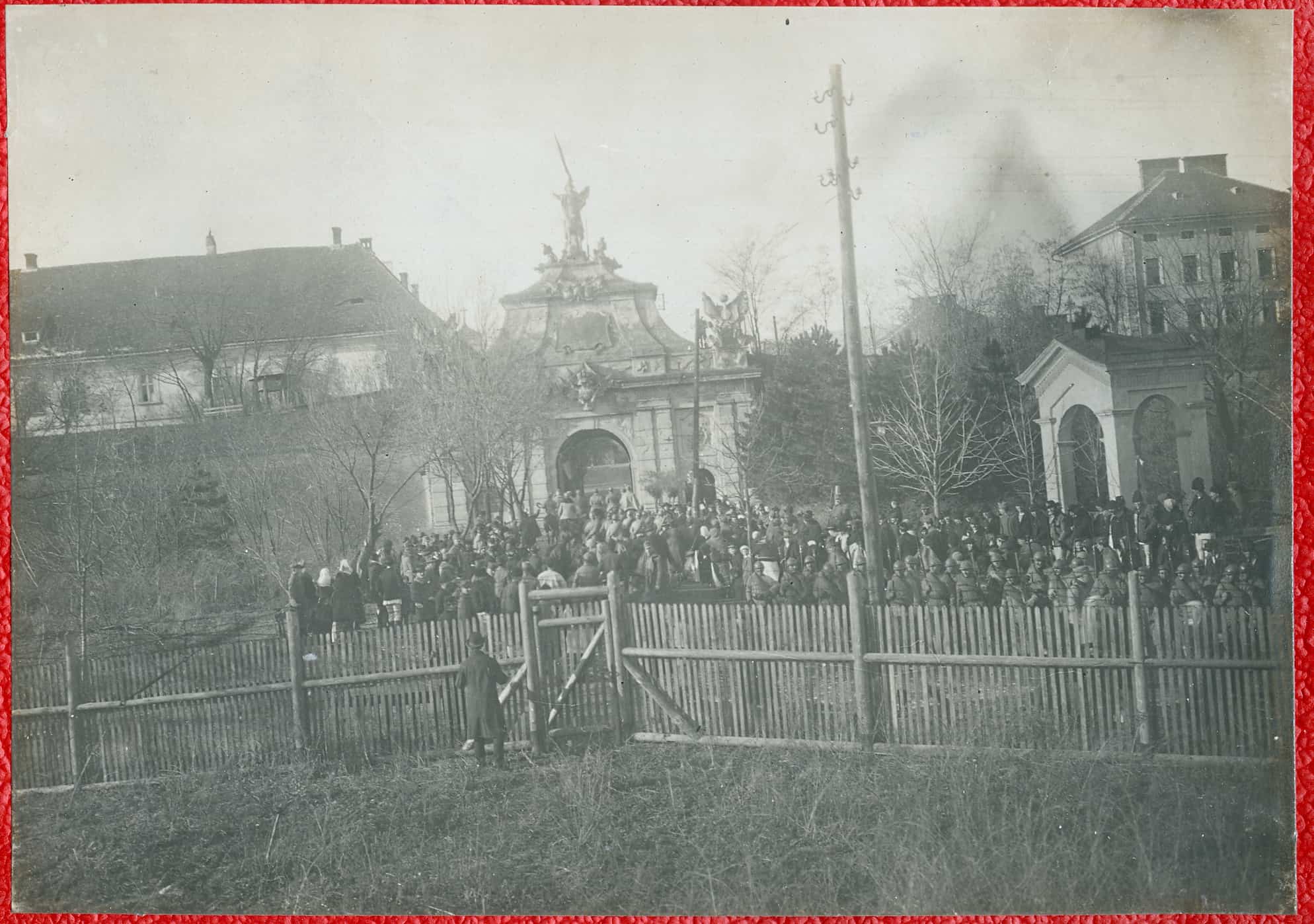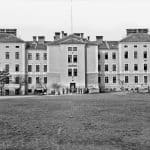The main access point in the Alba Iulia fortress, the Third Gate, is located on the eastern side and can be considered as the most imposing one of the gates of the fortification. Not only the size of the gate impresses, but also the richness of the decoration with beautiful Baroque sculptures and a multitude of details embedded in stone; all make the viewer long to stand before this creation. The entire edifice, built between 1715 and 1728, was meant to glorify the reign of Emperor Charles VI. And the third gate has the shape of a triumphal arc on whose crown there is the central equestrian statue of Emperor Carol VI, framed by Turkish prisoners among whom he passes victorious. The gate has three entrances: a generous one and two smaller ones, and a mobile bridge that could be lowered in the evening, to be lifted with the sun rising.
On the outside of the gate, the access gaps are framed by two massive pilasters supporting a Doric frieze made up of a sequence of triglyphs and metopes decorated with cannons, helmets and armor represented in the bas-relief. At the center of the frieze there is a cornice that houses the well-known bicepal pajama, crowned with open wings, holding on the chest of the Principality of Transylvania, and in the claws the signs of power, the sword and the scepter. The pedestrian passages are decorated in height with panels, representations in basorelief of historical scenes: the emperor’s investiture of Eugeniu de Savoy’s anti-Ottoman coalition and the victorious return of the campaign and the triumphant reception of the commander.
Surprisingly, the inner façade of the gate is much richer, indeed baroque in detail. Four Atlanteans carry on their shoulders capitales that support the antablamen. Despite the strong bodies, the effort is present, for on their figures we find a whole register of eminently human states: revolt, resignation, indifference and pain. The Antablama reveals a continuous frieze decorated with military elements and a central cornice in which is carved a shield with emblem of Emperor Charles VI. At the top of the gate, at the upper end of each pyramid there is a statue representing four of the virtues: Abundance, Wisdom, Courage, and Force.





